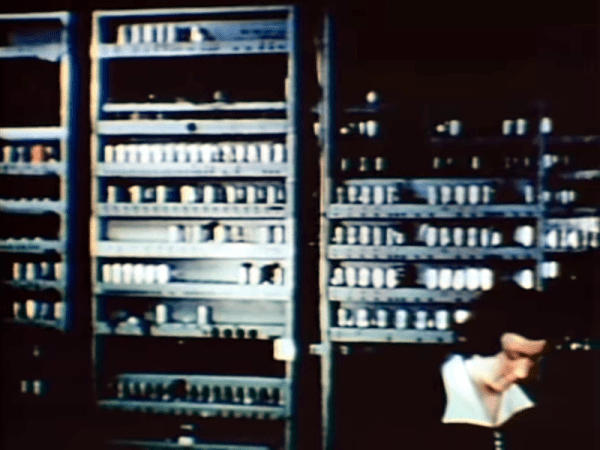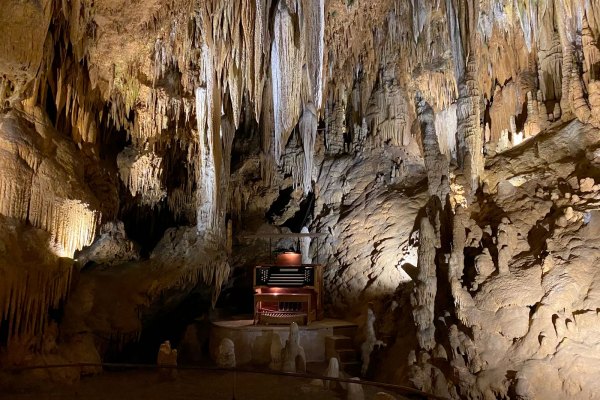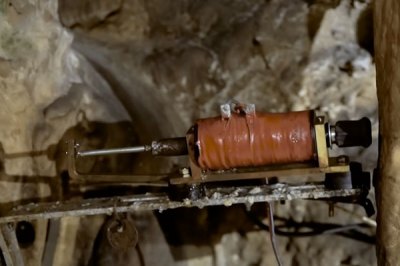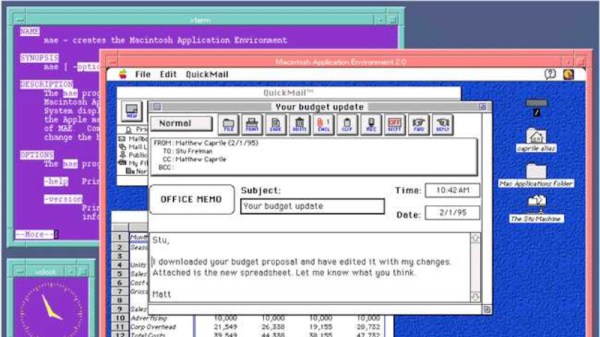If you’ve ever needed some aluminum for a project, you might have noticed you have easy access to aluminum cans. If you need a cylinder, fine. But what if you don’t? [ThescientistformerlyknownasNaegeli] shows how to create an attractive necklace from two soda cans, and we think the techniques might be usable for other cases where you might need aluminum. If you care more about the necklace, it looks good. You only have to add a 3D-printed clasp or, if you prefer, you can buy a clasp and use that. For the Hackaday crowd, you can also use the resulting structure as an aluminum cable shield, which might better suit you.
The post gives more details and points to other posts for even deeper dives into many of the steps. But the basic idea is you strip the ink from the outside of the can and then cut the can into a strip. The mechanism for that looks a lot like a machine to cut plastic bottles into strips, but that method isn’t feasible without special blades.



















